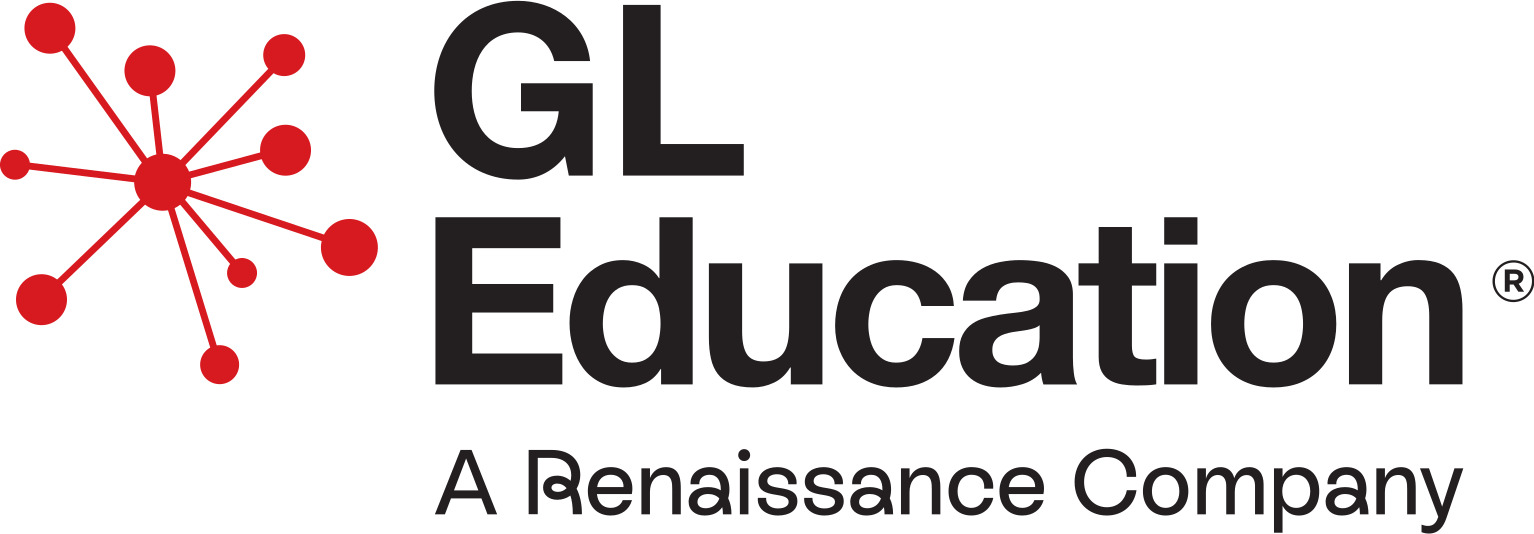NRDLS Support
Introduction
- UK standardisation on a sample of 1200 children with additional information and case studies
- Authored by a team of respected speech and language therapy experts
- Clear and concise assessment manual with information on what is tested and why
- The Multilingual Toolkit , an additional handbook giving guidance on how to adapt and use NRDLS with children for whom English is an Additional Language
- A variety of test procedures to keep children’s attention
- A set of stimulus materials to support play-based activities
- Full colour illustrations presented in an easy-to-use easel format
- The Scales test both production and understanding of language – abilities that are key to child development
- The Complete Set contains the Test Manual, the Multilingual Toolkit Manual, Picture Book 1 for testing Comprehension, Picture Book 2 for assessing the production of language, the set of stimulus materials andtwenty-five record booklets
Why is there a need for a new edition?
Since the third edition was published in 1997, there have been further developments in our understanding of the structure of language and how it unfolds in young children, and research has highlighted areas of language that are often difficult for children with language problems so that testing can be more focused on potential problem areas. In addition, there have been changes in professional practice, a greater understanding of child language by professionals, and the need to probe areas of language that are likely to be diagnostic. Moreover, the need for a valid, reliable assessment of language in young children is important in clinical practice because clinicians are commonly asked to justify resources used for intervention.
What is the age range of the assessment?
The assessment can be used with children aged between 3 and 7 years 6 months. The NRDLS provides data from typically developing children between the ages of 2:0 and 7:6. The data from the two-year-old children has been included in order to provide normative data to use when testing older children with severe language problems.
Can I use the NRDLS to assess children with English as an additional language?
Testers may wish to use the NRDLS on children from different language backgrounds. While the results may indicate the child’s level of competency in English compared to his or her monolingual peers, testers should refer to the Multilingual Toolkit for advice on the interpretation of results.
Why does the new edition include the Multilingual Toolkit?
This has been included in recognition of the need for assessment tools for children from diverse cultural and linguistic backgrounds. The Toolkit serves as a guide for practitioners wishing to adapt and use the NRDLS assessment materials with children for whom English may not be a first language, and for those languages for which no standardisation norms are available. While direct translations of assessments are inappropriate for a number of reasons, the Toolkit aims to:
- Illustrate what can be done to inform assessment for different linguistic and cultural contexts;
- Provide examples of appropriate adaptations for each of the assessment’s sections; and
- Refer readers to the theory and relevant literature regarding cross-linguistic language acquisition.
How can I use the Multilingual Toolkit in my setting?
The Toolkit cannot provide a ‘test’ for any particular language. The aim is to provide guidelines on how to adapt and use the assessment materials in different linguistic and/or cultural situations. The resources available to professionals who wish to adapt the tests will vary according to circumstances, but we recommend the following wherever possible:
- Find a native speaker of the target language(s) to discuss translation equivalents, appropriate vocabulary and structures, and the cultural appropriateness of the test items;
- If possible, pilot items on children who speak the target language(s) and for whom there are no concerns around their language development; and
- Use native speakers to carry out the assessment with the child.
Why is the Expressive Scale now called the Production Scale?
The term Production is used rather than Expression as feedback from professionals using the Scales reported that many classroom teachers confused the term expressive language with the notion of language that is expressive in a creative sense. As much intervention now involves classroom professionals, we thought it important to make sure that the terms used are readily understood.

